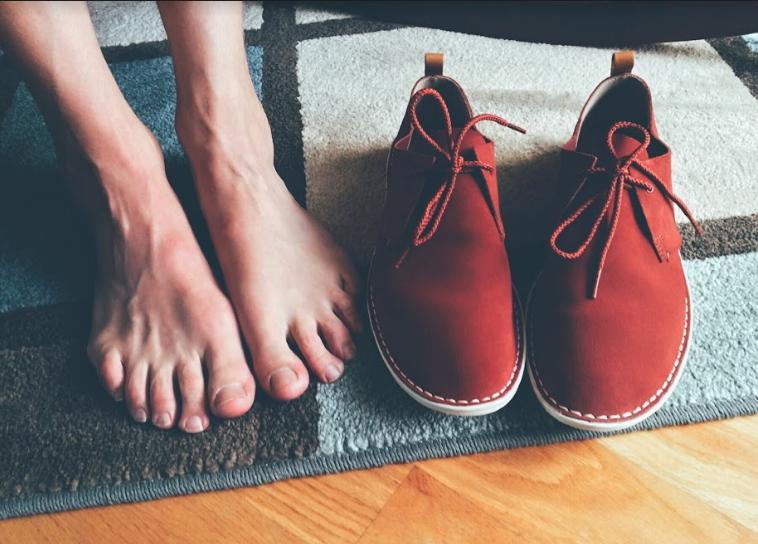Are Bunions Hereditary?
posted: Mar. 28, 2023.

Are Bunions Hereditary?
Bunions are a deformity at the base of the big toe that develops when the base bone (the first metatarsal) turns outwards while the big toe turns inwards towards the other toes. In advanced cases, the big toe can rest on top of the second toe or dive beneath it.
When bunions are pronounced, they can make it challenging to wear footwear comfortably and, in some cases, can interfere with normal walking. Although foot specialists understand how to diagnose and treat bunions, what causes them is still a bit of a mystery.
This article briefly examines bunion causes and asks the all-important question: ‘are bunions hereditary?’
Bunion Causes
Footwear
Podiatrists have long cautioned people against over-wearing shoes with pointy toes and high heels because they might contribute to bunions and other foot deformities. Although current research shows shoes alone do not cause bunions, they can accelerate bunion formation in susceptible feet.
Congenital Bone Deformities
Congenital and juvenile bunions develop without any overt influence from the environment. For example, affected children develop bunions even before learning to walk. If such deformities are not treated, they can become accentuated later in life and require surgical treatment.
Rheumatoid Arthritis
Inflammatory conditions like rheumatoid arthritis diminish the lubricating structures in the joint. Scientists believe this lack of full lubricated motion in the foot can lead to foot (and other joint) deformities, including the formation of bunions, even though the individual might be observing other foot care protocols.
Improper Bone Development
Rare genetic syndromes affect bone development and can be responsible for the formation of bunions. For example, Chitayat syndrome, which is rare presents with, among other traits, congenital hallux valgus (the Latin name for bunions). In such conditions, genetics play a direct role in bunion formation, although part of a broader syndrome.
Flat Feet
People with flat feet tend to have an irregular pronation process when walking, affecting pressure distribution around the feet. If too much pressure transmits to the big toe in such a case, it can push the big toe inwards and the first metatarsal outwards, resulting in bunions.
Wear and Tear
Old age and overuse can contribute to joint deformities and complications. The former can cause the joints in the foot to lose their integrity and buckle in under pressure. In overuse, walking, running, jumping, or any other activities that put too much pressure on the foot can push the big toe out of place.
The Hereditary Factor
As you may have noticed, genetics play a significant role in most of the causes above, albeit indirectly. For instance, flat feet are hereditary, which can indirectly cause bunions.
As a direct cause, scientists believe people with a family history of bunions might not get bunions directly but could be more susceptible to forming them. That means a person with such a history might develop bunions faster when wearing narrow shoes than an individual who does not have such a history.
What does this mean?
If you have a history of bunions in your family, you might be more likely to develop them. As such, you should take extra precautions to avoid this outcome by taking care of your feet.